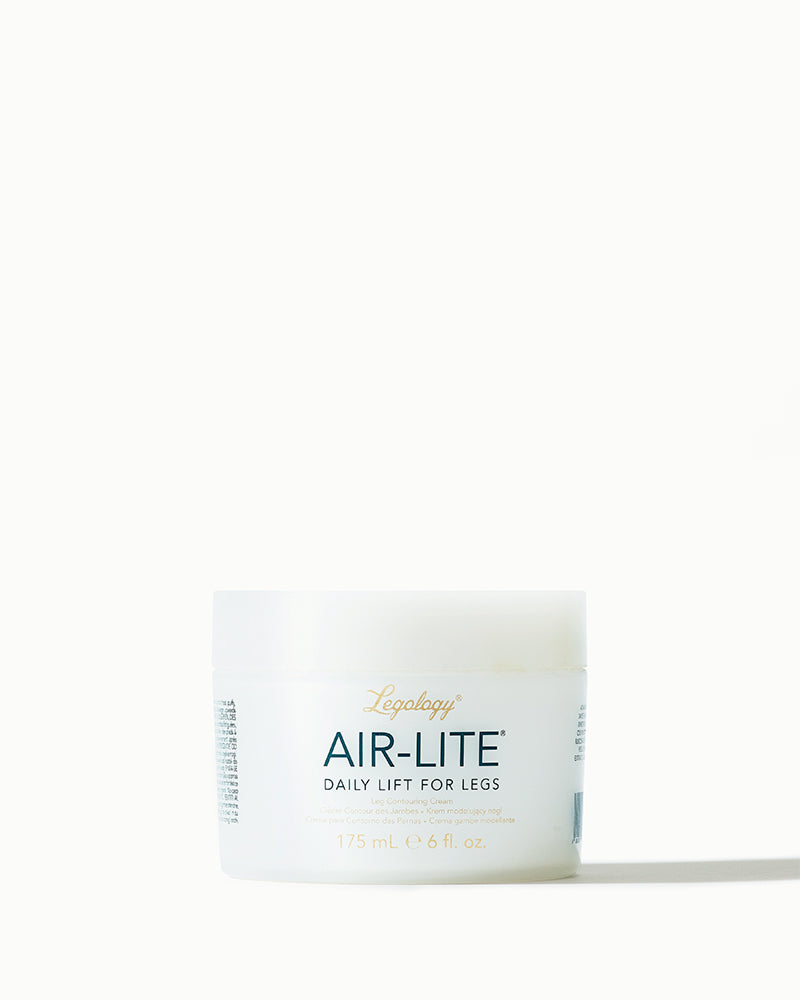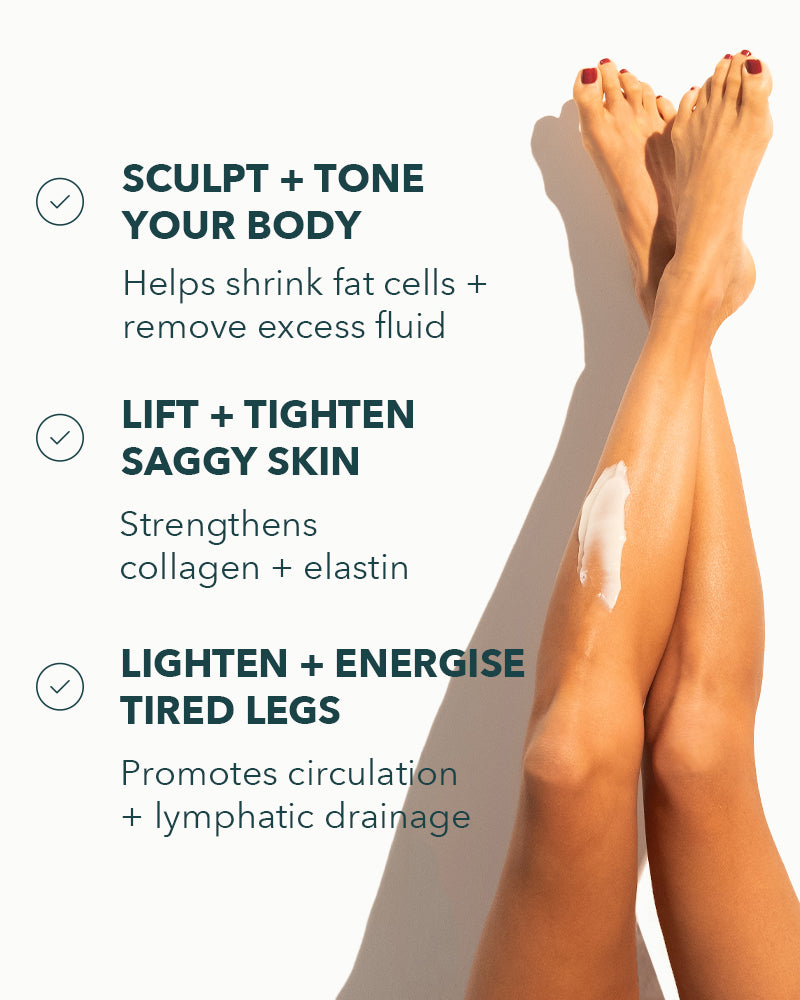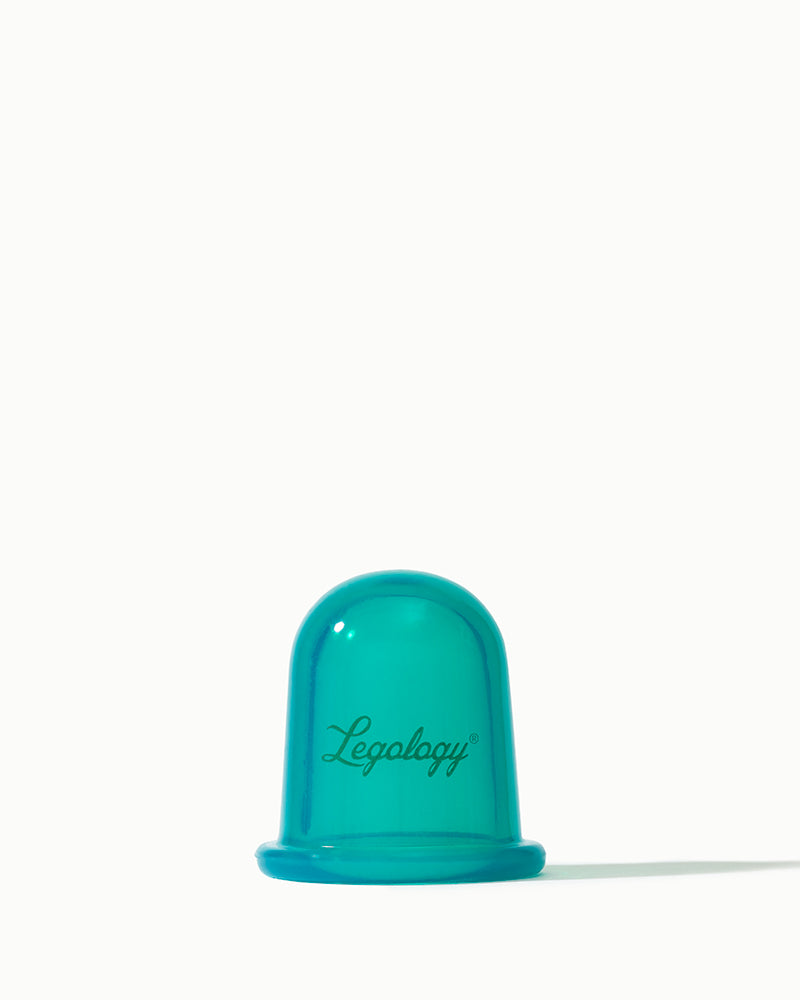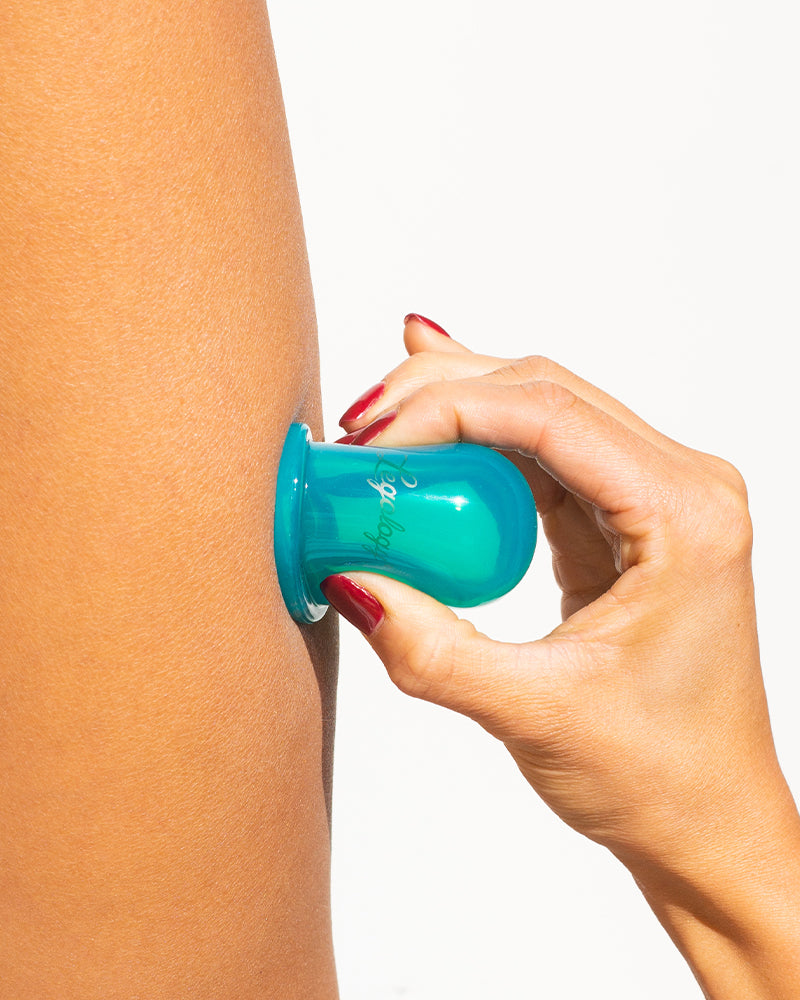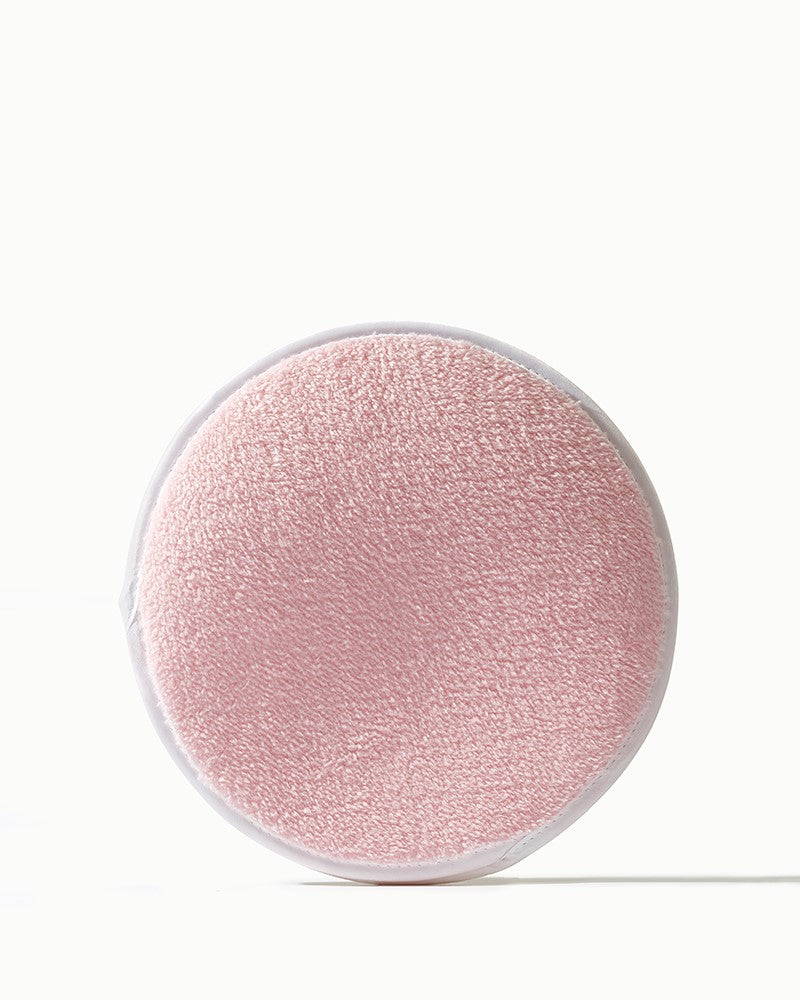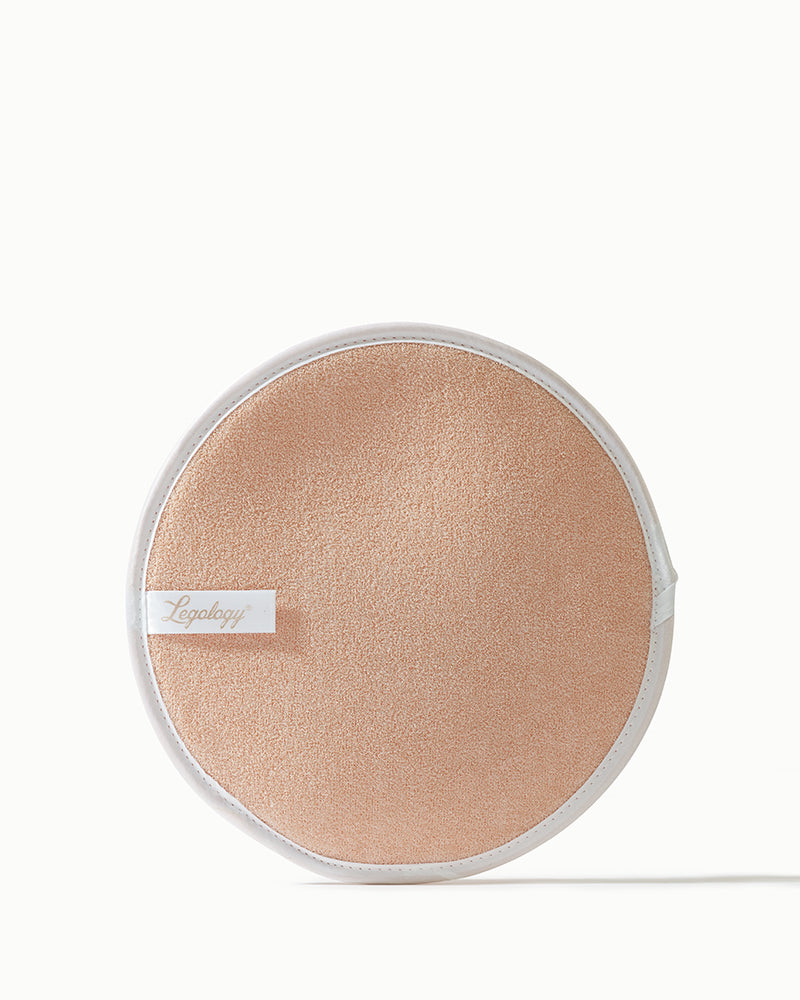Why Are My Legs Swollen? Causes, Prevention and Solutions

Swollen legs can be uncomfortable, distressing, and even painful. This common condition, also called "leg edema," happens when fluid builds up in the legs due to various reasons, from long periods of sitting to more serious health issues. Understanding the causes, symptoms, and remedies for swollen legs can help you manage and even prevent this discomfort.
Common Causes of Swollen Legs
- Prolonged Sitting or Standing: Sitting for long hours (like during travel or desk jobs) or standing for extended periods can prevent blood from flowing efficiently through your legs, leading to swelling.
-
High Salt Intake: Excessive salt can cause your body to retain water, which may result in fluid buildup, especially in the lower limbs.
-
Injury or Surgery: Swelling after a leg injury or surgery is common, as the body’s natural response to injury is to increase blood flow to the affected area, causing inflammation.
-
Venous Insufficiency: When veins in the legs have trouble sending blood back up to the heart, fluid can pool in the legs, resulting in swelling.
- Heart, Liver, or Kidney Issues: Heart disease, liver cirrhosis, or kidney disease can all cause the body to retain water and lead to edema, especially in the legs and feet.
- Lymphedema: If lymph nodes or vessels are damaged or blocked, fluid can build up, especially after cancer treatments involving lymph nodes.
- Medications: Some medications, like steroids, blood pressure medications, and antidepressants, can cause fluid retention as a side effect.
Warning Symptoms to Watch Out For
Swelling in the legs may come with additional symptoms, depending on the cause. These include:- Tight or shiny skin over the affected area
- Redness or warmth, especially in cases of injury or infection
- Pain or discomfort, often exacerbated by movement
- Limited range of motion if the swelling is severe
- Skin indentations that remain after pressing on the swollen area, known as "pitting edema"
Effective Home Remedies to Ease Swollen Legs
- Elevate Your Legs: Elevate your legs above heart level for 15-30 minutes a few times a day. This can help improve blood circulation and reduce fluid buildup.
- Exercise Regularly: Moving your legs regularly, especially with low-impact exercises like walking, swimming, or yoga, can help improve blood flow and reduce swelling.
- Reduce Salt Intake: Cut back on salt and processed foods to help decrease fluid retention in your body.
- Wear Compression Stockings: These specially designed stockings apply gentle pressure to your legs, supporting blood flow and helping to prevent fluid buildup.
- Stay Hydrated: While it may sound counterintuitive, drinking water helps prevent your body from holding onto excess fluid. Aim to drink enough water throughout the day.
- Massage: Gentle leg massage can help stimulate circulation and reduce swelling, especially when performed with upward strokes.
- Cupping Massage: Cupping massage is an ancient practice that uses suction to improve blood flow and reduce inflammation. This method involves placing a suction cup along the legs to stimulate circulation and help relieve fluid buildup. Cupping can be done professionally or at home. While it’s generally safe, be cautious if you have sensitive skin or are prone to bruising.
- Avoid Tight Clothing: Tight clothing can restrict blood flow, especially around the thighs and calves, so consider wearing loose or flexible clothing.

- Legology Air-Lite Cream: Our lymph boosting cream is designed specifically to help with lymphatic drainage and reduce puffiness in the legs. Air-Lite works by promoting fluid movement and enhancing circulation, leaving legs feeling lighter and more energised. Regular use can help improve the appearance of swollen legs while providing a soothing, comfort that many find especially effective after long periods of standing or sitting or air travel.
When to Seek Medical Help
While leg swelling can often be managed at home, certain symptoms warrant medical attention. These include:- Sudden or severe swelling in one or both legs
- Shortness of breath or chest pain (which may indicate a blood clot)
- Red, warm, or painful areas on the leg
- Rapid weight gain and swelling (which could signal a heart, liver, or kidney issue)
Preventing Leg Swelling
- Take breaks to move around if you sit or stand for long periods.
- Maintain a healthy diet that’s low in salt and high in fresh vegetables, fruits, and lean proteins.
- Stay active with a consistent exercise routine.






